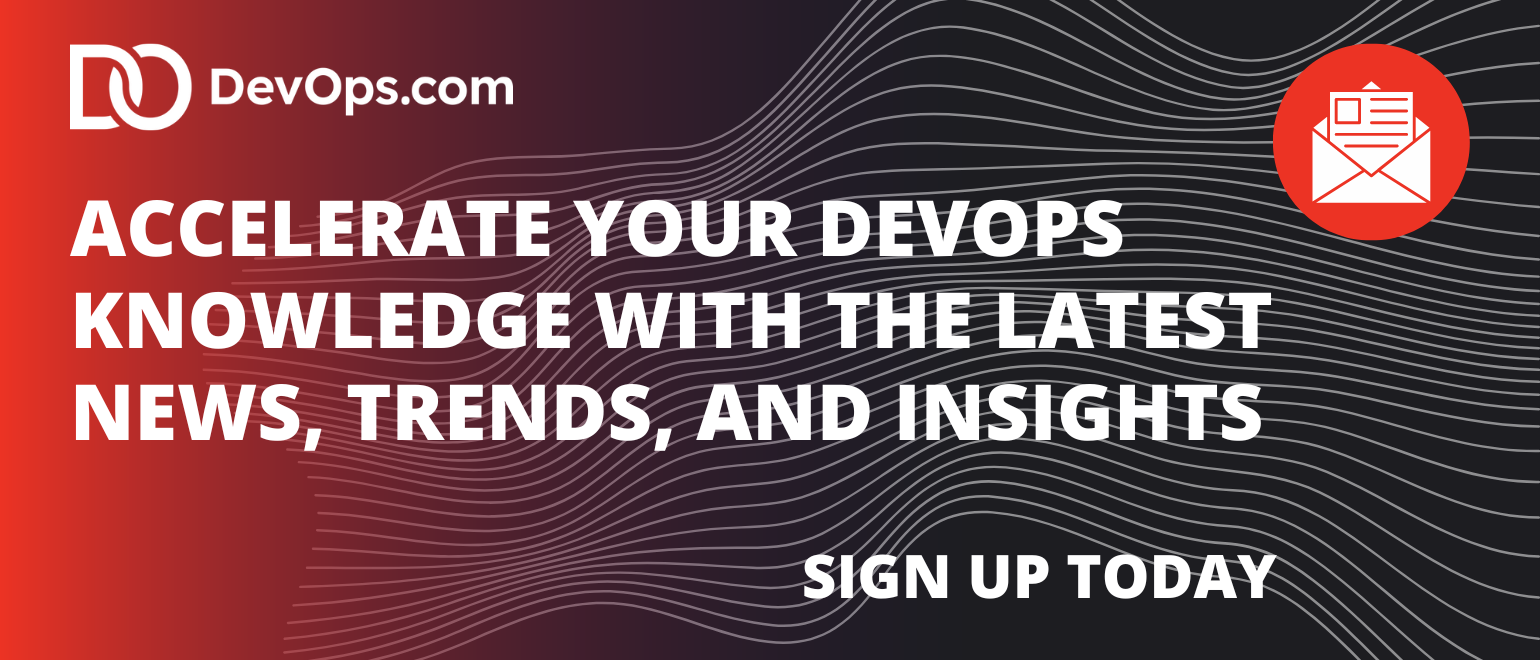Everywhere you turn these days, AI is reshaping how we build and deliver software. From GitHub Copilot writing code to autonomous testing frameworks finding bugs before developers even blink, the promise of faster, smarter, more efficient pipelines is undeniable. And now we’re entering the next frontier: Agentic AI — self-directed agents capable of not only generating code but also testing, deploying and monitoring it.
In other words, the machines aren’t just helping us anymore. They’re starting to run the show.
It’s a thrilling vision — software development at machine speed. But here’s the problem: Taking humans completely out of the loop in DevOps is not only reckless, it’s dangerous.
The Seduction of Agentic AI in DevOps
Let’s be clear: The allure is real. Agentic AI promises to do in minutes what used to take teams days or weeks. Imagine an AI agent that identifies a bug, writes the fix, tests it, pushes it to production and even monitors post-deployment health — all without human hands on the keyboard.
For enterprises under constant pressure to ship faster and cheaper, that’s intoxicating. Velocity becomes exponential. Releases are constant. The delivery pipeline hums along like an autonomous factory floor.
But there’s a catch.
What Happens When Nobody’s Watching
Handing over the keys to the pipeline without human oversight is like letting a self-driving car speed down the highway with no steering wheel. Sure, it might make the ride smoother — until it doesn’t.
We’ve already seen what happens when automation goes wrong: Outages, cascading errors and misconfigurations that ripple across global systems. Now imagine those mistakes moving at machine speed.
Some risks we simply cannot ignore:
- Error propagation at scale: AI can make the wrong call faster than any human.
- Black-box decisions: Try explaining to regulators why an opaque model deployed non-compliant code.
- Security blind spots: AI may unknowingly introduce vulnerabilities while trying to “fix” something else.
- Ethics and trust: Just because the system can deploy doesn’t mean it should.
In short: Speed without oversight is a recipe for disaster.
Humans Still Belong in the Loop
Here’s the truth: the future of DevOps isn’t about replacing humans. It’s about redefining their role.
AI is fantastic at pattern recognition, execution and optimization. But humans still bring context, judgment and accountability. And in DevOps, that matters. A lot.
There are critical points in the pipeline where human oversight is non-negotiable:
- Architecture & design: Aligning choices with business goals.
- Policy & compliance: Making sure deployments meet regulatory and internal standards.
- Ethical guardrails: Deciding not just what’s possible, but what’s right.
- Exception handling: Responding when AI encounters the unknown.
- Building trust: Stakeholders and customers need the reassurance of human validation.
We don’t need to slow down. We need to be smart about where humans fit into the system.
Models of Collaboration
Think of it this way: there are three models for human-AI collaboration in DevOps.
- Human-in-the-loop (HITL): AI suggests, humans approve.
- Human-on-the-loop: AI acts autonomously, but humans monitor and intervene when necessary.
- Human-out-of-the-loop: AI runs end-to-end without oversight — and that’s where danger lies.
The art is in deciding which model applies to which stage. Maybe AI can handle low-risk tasks like generating unit tests. But when it comes to production deployments? You want a human on the loop — if not directly in it.
Guardrails for a Responsible Future
If we want AI and agentic AI to fulfill their promise without introducing chaos, we need guardrails:
- Observability to watch AI-driven pipelines in real time.
- Explainability tools to unpack why AI made a decision.
- Feedback loops to refine models with human input.
- Access controls to ensure critical actions require authorization.
- Cultural readiness to retrain DevOps teams to work with AI as collaborators, not replacements.
The companies that figure this out will have a huge advantage — faster pipelines, safer releases and the trust of both regulators and customers.
The Bottom Line
Agentic AI is coming to DevOps, and it’s coming fast. It will build, test, deploy, and monitor software with a speed and efficiency humans can’t match. But if we chase velocity at the expense of oversight, we risk losing the trust, safety and accountability that DevOps has fought so hard to earn.
Humans don’t need to run every step of the pipeline anymore — but they still need to steer it.
Because at the end of the day, no matter how “intelligent” our tools become, the responsibility for what ships — and the consequences it brings — will always rest with us.




